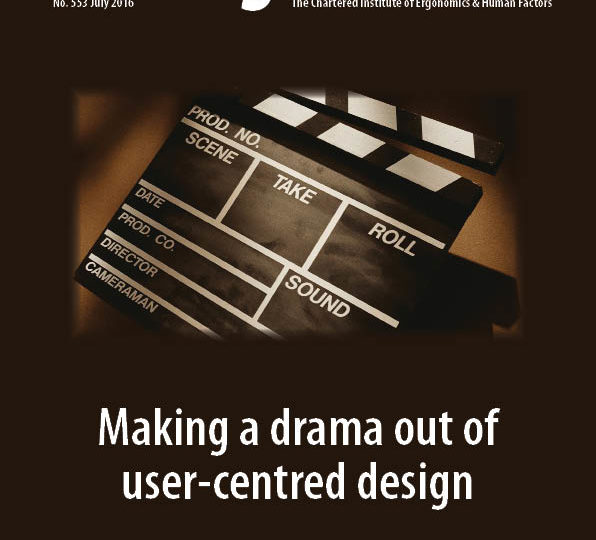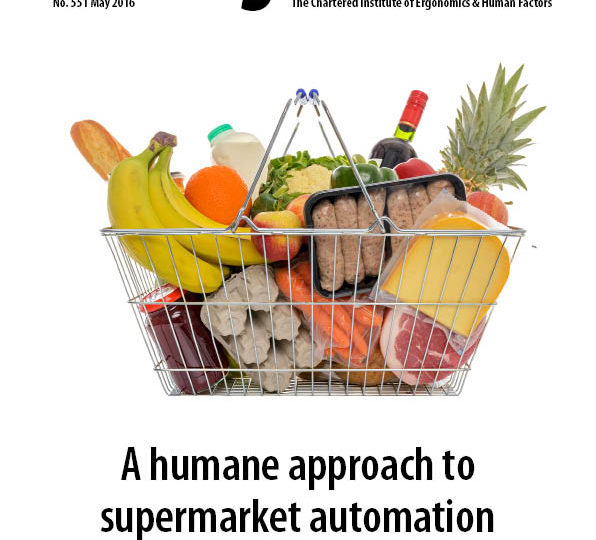
Design and Technology is the third most popular school subject in the UK, and all school students study it for several years, with a good number going on to A-level. However, the syllabi are set by the Exam Boards, and they show almost no consideration of the product users at present; there is only a small mention of “individual differences”, mostly hand anthropometry, a bit on focus groups, and certainly no comprehensive Ergonomics or HCI.
The Campaign for Real People, set up in 2010 by the UCL Interaction Centre, supported by the Chartered Institute of Ergonomics and Human Factors, and led by Rachel Benedyk, aims to increase awareness of ergonomic design in school teaching and the need to place the user at the centre of design thinking. Ultimately, the Campaign set its aim to get user-centred design principles into the GCSE syllabus.
This aim has now been realised!
Last week the Department for Education and Schools published its new Subject Content requirements for Design and Technology and for the first time ever it has included ‘Core designing and making principles,’ which states that:
All AS and A level specifications must require school students to develop knowledge and understanding of:
• user centred design (UCD): the investigation and analysis of a problem within a context,
and the needs, wants and values of users, to define a design opportunity or
problem leading to the production of a design brief and specification to direct,
inform and evaluate their design practice
UCD’s inclusion in the A-level syllabus is a big success for the Campaign, which has been working to increase awareness among DT teachers and examiners and to create school teaching materials that are rooted in ergonomics. In part it has also benefited from a general upsurge of interest in the human factors of design products, stemming from some of the major design consultancies like IDEO (who have long included Human Factors and UCD in their design process) and the indirect knowledge dissemination they carry out by putting many of their materials on-line.
Thanks are due to all the professionals and volunteers from the CIEHF and the DT teaching communities, who have put so much effort into the Campaign for Real People over the past few years.
Rachel Benedyk
r.benedyk@ucl.ac.uk




